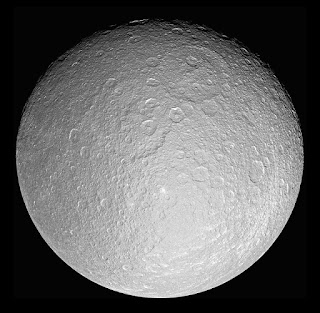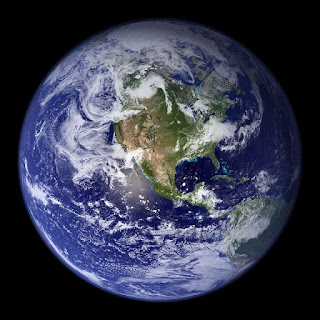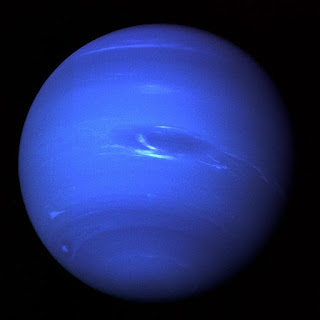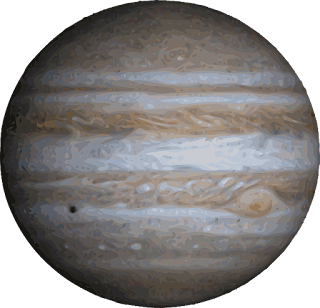MILKY WAY GALAXY IN THE UNIVERSE

MILKY WAY GALAXY THE UNIVERSE MILKY WAY GALAXY FORMATION OF EARTH We've learn about how star and galaxies form, and there are hundreds of billions of in the observable universe, each with many millions or billions of individual stars. So which galaxy is our home? Let's take a look at this collection of galaxies. First thing is called the Virgo supercluster, containing over a 100 groups and cluster of galaxies, such as the virgo cluster, and the local group. Now let's zoom in on the local group. This contain more than 50 galaxies, many of which are tiny dwarf galaxies, but some of which are fairly large, by galactic standard. The largest of these is called the Andromeda Galaxy, which is a spiral galaxy. MILKY WAY GALAXY Around half that size, the next biggest is called the milky way galaxy, also ask spiral Galaxy, and that's our home. It's a pretty typical barred spiral galaxy, containing somewhere between 200 billion and 400 billion stars. It is about 10, 0000 lig












